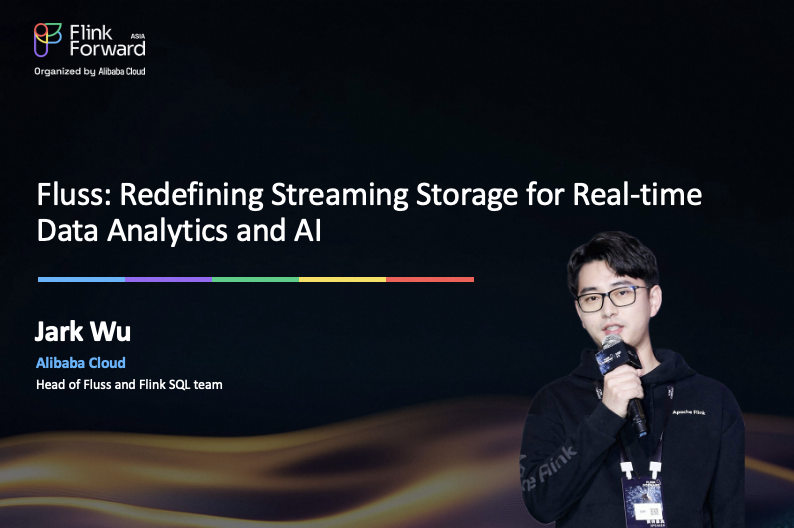This article provides best practices for securely deploying and operating Ray on Alibaba Cloud ACK for AI data processing, training, and inference environments.

This article explores how the ELT (Extract, Load, Transform) approach modernizes data pipelines, offering greater scalability, flexibility, and speed for today's demanding analytics workloads.

This article describes the best practices for processing and analyzing JSON logs in Alibaba Cloud Simple Log Service (SLS).

This article introduces SPL's one-click acceleration for converting logs to metrics, enhancing performance, observability, and data processing efficiency.

We will first introduce the business background of Alibaba Mama's advertising platform, then explore the design and evolution of its real-time advertising system and data lake architecture.

Explore Apache Fluss, the revolutionary streaming storage solution bridging traditional systems and lakehouse architectures for real-time data analytics and AI.

description" content="Learn about FLIP-9 proposal for Apache Flink trigger language. Discover why this rule language for Flink triggers was shelved an.

Learn Apache Flink FLIP-5 broadcast variable optimization strategies for reducing network overhead. Discover performance lessons and modern scaling approaches for production stream processing.

Master Apache Flink FLIP-4 enhanced window evictor for flexible data eviction. Learn real-time quality control, anomaly detection, and production window processing strategies.

Master Apache Flink FLIP-8 scalable non-partitioned state management. Learn dynamic scaling solutions, OperatorStateStore implementation, and state re...

This article explains how Alibaba Cloud's Simple Log Service (SLS) provides a "more, faster, better, and cheaper" approach to big data pipelines to meet the demands of modern Observability 2.

The article introduces how Alibaba Cloud employs PEC to securely process data while maintaining privacy compliance and enhancing business collaboration.

Traditional streaming data pipelines often need to join many tables or streams on a primary key to create a wide view.

Follow the Apache Flink® Community for making Flink Metrics More Accessible Through Web UI Visualization.

The article introduces the use of temporary joins in real-time development for matching traffic logs with product attributes.

This article describes the iLogtail plug-ins for data processing and how to write Simple Log Service (SLS) Processing Language (SPL) statements.

Alibaba Cloud highlighted the innovative features of the forthcoming Apache Flink 2.0 at Flink Forward Asia in Jakarta.

This artile introduces the usability and maintainability of EMR Serverless Spark in stream processing.

SLS data transformation feature aims to handle unstructured log data. It is now fully upgraded to integrate SPL, enhance data processing capabilities, and optimize its cost.

This article discusses the principles and best practices of Materialized View, as well as common problems and their solutions that may arise during use.
